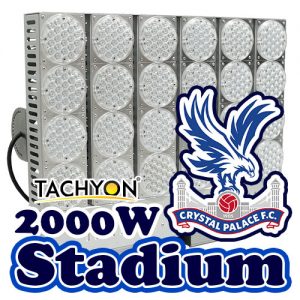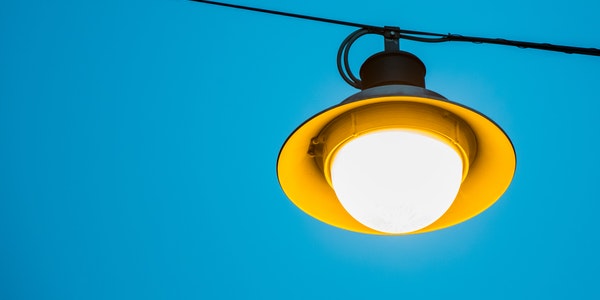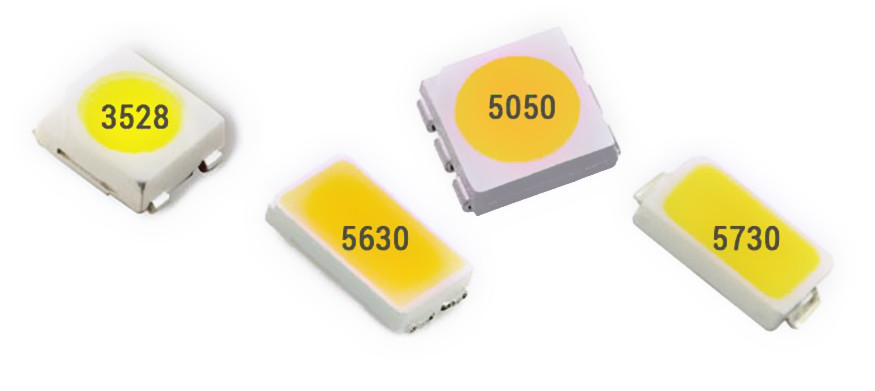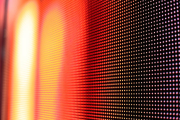Select from the Core Components
Mainly refers to the model of the led chip. Many businesses (especially the first-tier big-name vendors that have been introduced before) will not regard the chip model as the main feature and post it in a conspicuous publicity position. But for some powerful SMEs, this is their indispensable selling point.
LED chip
In the past few decades of the recent appearance of LEDs, LED technology has undergone several earth-shaking changes:
The first generation led: pure red display that can only be used for signal indication.
The second generation of leds: began to tentatively emerge in some lighting fields, and used in some less important occasions.
The third generation of leds: integrated packaged led chips, one or more led chips are packaged into a larger size, providing more light in a similar surface area.
The fourth generation of leds: improved into lamp beads to make their life longer, brighter, and higher luminous efficiency.
In the LED chip model, 2835 refers to the LED package size of 3.5*2.8mm, 5050 refers to the LED package size is 5.0*5.0mm, 5730 also refers to the LED package size is 5.7*3.0mm, this The significance of the numbers is: In most cases, under the same technical conditions, the larger the package size, the higher the price and the better performance.
Circuit
- As mentioned earlier in the heat dissipation, temperature will cause the current of the LED to change, so it is best to use a constant current source to supply power to ensure that the working current of the LED is not affected by the external temperature, but in reality, ordinary equipment cannot easily measure it. Hope can only be placed on the introduction of the manufacturer’s brochure.
- Appearance, we can’t judge the quality of the circuit anyway-let alone under the thick radiator cover, but we still find a simple and fast way to judge. Because the electromagnetic compatibility of a good circuit is definitely well designed, we start from the perspective of electromagnetic compatibility, find a radio with medium and short wave function, light up the LED, and place the radio nearby. The lower the noise received by the radio, the lower the noise. The electromagnetic compatibility of the test lamp is better. Listening to the sound of the LED lamp in a silent environment, if you can clearly hear the noisy sound of the lamp working, it means that the power supply of the lamp is not very good, and there may be cutting corners in the electronic components.
heat sink
- What must be paid attention to is that the LED temperature is one of the most important factors affecting the life of the LED. A good radiator is the guarantee of its longevity. Because when the external environment temperature rises, the internal resistance of the LED light source will decrease. If a regulated power supply is used for power supply, the working current of the LED will increase. When the rated working current is exceeded, the service life of the LED product will be affected, and the LED will be “burned out” in serious cases.
- Except for unscrupulous means to reduce production costs, I can’t think of any reason to use heat-dissipating resin plastic as the heat-dissipating material of LEDs. When encountering such irresponsible manufacturers, don’t believe any nonsense that is lighter in quality, lower in price, will not decay, will not leak electricity, etc., which is safer. General radiators must at least use aerospace aluminum, and the higher-end use anodized aerospace aluminum (it looks like this material was used in the iPhone 4 case at the beginning to cause poor signal J), which can be used as a basic guarantee for tens of thousands of hours of life. .
- Ordinary LED conversion circuits mostly use closed passive heat dissipation. If they are in an unventilated and continuous use environment, heat may continue to accumulate to a level that cannot work properly and cause the circuit to be irreversibly damaged and emit light. The efficiency drops sharply due to high temperature, which is likely to affect the life of the entire LED, making it far from the long life in the design.

Look at the mask
In fact, whether it is made of acrylic, PPV, PPR, or PC, we can’t tell from the surface, let alone whether it is better from the perspective of chemical composition. The reason why we pay attention to this is to see how the light transmittance of the mask is and whether it is uniform. This generally requires a number of the same bulbs to be compared together. The more uniform and natural LED bulbs of the same brand, the same model, and the same power, the better.
Choose from performance parameters:
This is very demanding for users, because it is necessary to disassemble and look at the light-emitting LED model to see the circuit, which is not possible most of the time. Only the manufacturer provides this part of the data in the product manual to determine (most online e-commerce companies will provide, Most of the physical stores are not provided).
Luminous efficiency
Luminous efficiency (comprehensive luminous efficiency) is the ratio of luminous flux to electric power. Luminous efficiency shows the energy-saving characteristics of the light source, which is an important indicator to measure the performance of modern light sources. The comprehensive luminous efficiency of an LED lamp refers to the luminous efficiency of an LED lamp, and the unit is lumens/watt. The higher the value, the better the energy-saving effect of the lamp, and the more energy-saving. Consumers should choose LED lamps with high luminous efficiency. Simply put: under the same power, the brighter the better.
Luminous intensity and light intensity distribution
The luminous intensity of an LED characterizes its luminous intensity in a certain direction. Since the luminous intensity of the LED differs greatly in different spatial angles, it directly affects the minimum viewing angle of the LED display device.
In other words: the more uniform the light intensity of the LED at all angles, the better.
wavelength
For the spectral characteristics of LEDs, we mainly look at whether its monochromaticity is good, and we must pay attention to whether the main colors of red, yellow, blue, green, and white LEDs are pure.
Color rendering index
CRI is the color rendering ability of a light source to an object, and it is an index to evaluate the color rendering ability of a light source. It directly affects the effect of the object under the light source. The color rendering index of the reference light source with perfect color rendering index is 100. The higher the color rendering index, the closer the color response of the light source to the object is to the true color. Generally considered: 80-100, excellent color rendering, 50-79, normal color rendering, less than 50 is considered poor color rendering.
Light decay
After the LED is lit for a period of time, its light intensity will be lower than the original light intensity, and the lower part is the light attenuation of the LED. The brightness of the light source will decrease over time, and the degree of decrease is directly related to the life of the light source . If the heat dissipation conditions are not good, the lamp beads will work under high temperature, the light decay will be great, and the life of the lamp will be greatly reduced. Therefore, the smaller the light decay, the better.
Choose from the After-sale Protection:
- Most merchants who trust their products provide at least a stricter guarantee service than the national 3 packs: for example, 15/30 days unreasonable return or exchange in an electronic mall, or more than 2 years of warranty; for customers The more responsible, the more the quality is worth looking forward to.
- The after-sales service of physical stores is better than online. Big brands have more after-sales service points, and the three guarantees are relatively standardized.
Lamp holders and others
- At present, most of the household led suppliers only provide screw lamp holders. Therefore, all current lamp holder specifications have E before, and there are two common lamp holder specifications E27 and E14. 27 means that its diameter is 27 mm, which is the lamp holder of the incandescent lamp we usually use, commonly known as large screw mouth, ordinary screw mouth; similarly, 14 represents the screw mouth diameter of 14 mm, commonly known as small screw mouth, mainly used for space Inside chandelier or other decorative lights with restricted volume. If you want to switch from the original B22 incandescent lamp holder to LED, you can only replace the lamp holder-although some manufacturers provide adapters, it is not recommended to use adapters for safety reasons.
- Not all LED drive circuits support human sensor switches (for example: voice control, human touch sensor, etc.) or dimmers used to dynamically adjust the brightness of the device. If you have this application, you need to read it carefully before buying. For the description of this type of led, or ask the seller clearly before starting.








